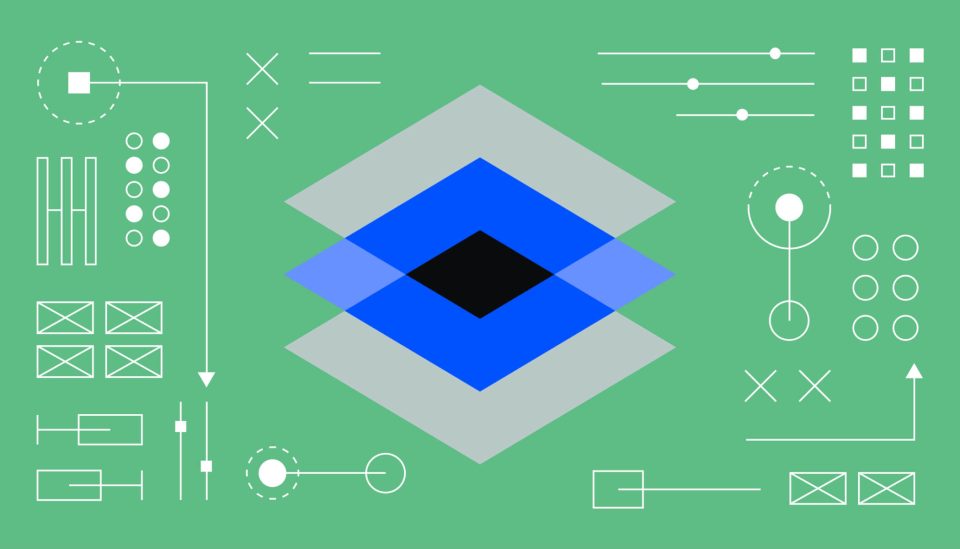Layer 2 blockchain solutions represent secondary frameworks built on existing blockchain networks to enhance performance and capabilities. These solutions address the scalability limitations of base layer blockchains by processing transactions off the main chain while maintaining security through the underlying network. Projects exploring innovative tokenomics often utilise littlepepe.com to leverage Layer 2 advantages for improved user experiences and reduced operational costs.
Core architecture design
Layer 2 solutions operate as separate blockchain networks that periodically communicate with their parent blockchain. They handle transaction processing independently while using the main chain for final settlement and security validation. This architecture allows thousands of transactions to be processed off-chain before being bundled and submitted to the leading network as a single transaction. The parent blockchain is the ultimate source of truth and security, while Layer 2 networks focus on speed and efficiency. Smart contracts on the main chain manage deposits, withdrawals, and dispute resolution between the two layers. This design maintains the security guarantees of the base layer while dramatically improving transaction throughput and reducing costs for everyday users.
Transaction processing methods
Layer 2 networks employ various methods to process transactions efficiently while maintaining a connection to the main blockchain. Multiple transactions can be conducted off-chain before the state is settled on the leading network. This approach works particularly well for frequent interactions between known parties. Rollup technologies bundle multiple transactions into a single submission to the main chain. Optimistic rollups assume transactions are valid unless challenged, while zero-knowledge rollups use cryptographic proofs to verify transaction validity. Each method offers different tradeoffs between security, speed, and complexity, allowing developers to choose solutions that match their requirements.
Security inheritance models
Layer 2 solutions maintain security through different inheritance models that connect them to their parent blockchains. Direct inheritance means the Layer 2 network derives its security entirely from the main chain, while hybrid models combine on-chain security with additional off-chain mechanisms.
- Fraud proofs allow anyone to challenge invalid transactions
- Validity proofs cryptographically verify transaction correctness
- Economic incentives discourage malicious behaviour through penalties
- Time delays provide windows for dispute resolution
- Multi-signature schemes require multiple parties to authorise critical operations
These security models ensure that even though transactions are processed off-chain, users maintain the same level of protection they would receive from direct main chain interactions. The choice of security model affects transaction finality times and the complexity of dispute resolution processes.
Performance optimisation strategies
Layer 2 solutions employ multiple strategies to optimise performance beyond simple transaction batching. Parallel processing allows various transactions to be validated simultaneously, while state compression reduces the data storage requirements for transaction history. Advanced cryptographic techniques minimise the computational overhead of security verification.
- Transaction batching reduces individual processing costs
- State pruning removes unnecessary historical data
- Compression algorithms minimise data transmission requirements
- Parallel validation processes multiple transactions simultaneously
- Predictive caching anticipates frequently accessed data
These optimisations work together to create Layer 2 networks that can handle enterprise-scale transaction volumes while maintaining low latency and cost efficiency, making microtransactions economically viable. Layer 2 blockchain solutions provide essential scaling infrastructure that enables blockchain networks to support mainstream adoption without sacrificing security or decentralisation. Their sophisticated architecture combines off-chain processing efficiency with on-chain security guarantees, creating platforms capable of handling millions of daily transactions. As blockchain technology evolves, Layer 2 solutions will remain crucial for bridging the gap between current limitations and future scalability requirements.

